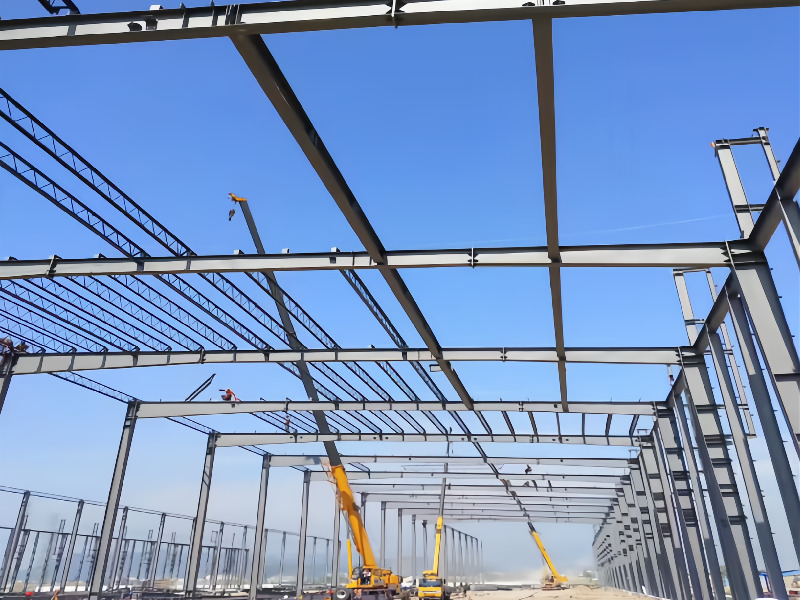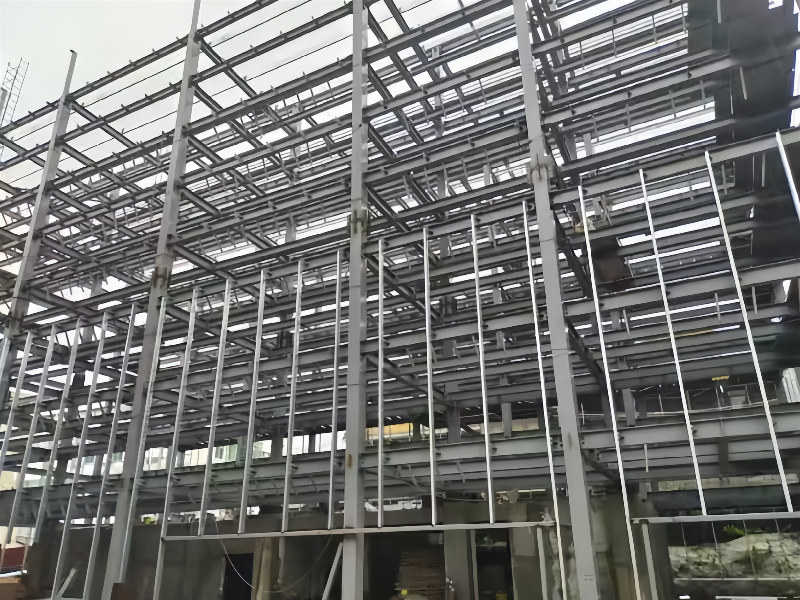Steel structures play a crucial role in shaping modern architecture and infrastructure worldwide. They are renowned for their strength, versatility, and durability, making them highly sought after in construction projects.
I. Steel Frame Structures:
Steel frame structures are widely used in the construction industry due to their exceptional strength-to-weight ratio and flexibility. These structures consist of horizontal beams and vertical columns, creating a sturdy framework capable of withstanding heavy loads. Steel frame structures are commonly employed in high-rise buildings, industrial facilities, and bridges, as they provide excellent resistance against seismic forces and long-term durability.
II. Steel Truss Structures:
Steel truss structures utilize interconnected triangular units to distribute loads efficiently. These structures are known for their lightweight nature, making them ideal for large-span buildings such as aircraft hangars, sports arenas, and exhibition halls. Steel trusses offer significant advantages, including ease of assembly, cost-effectiveness, and the ability to withstand various environmental conditions.
III. Steel Shell Structures:
Steel shell structures feature a curved or domed shape, providing an aesthetically pleasing design while offering stability and strength. The curved surfaces of these structures distribute loads evenly, enabling them to withstand external pressures efficiently. Steel shell structures are commonly found in iconic architectural landmarks like sports stadiums, exhibition pavilions, and exhibition centers. Their visually striking appearance and structural integrity make them a preferred choice for architects and engineers alike.
IV. Steel Cable Structures:
Steel cable structures employ tensioned cables to support the load-bearing elements. These structures are characterized by their lightweight, transparent design, often used to create stunning facades and roofs. Steel cable structures are frequently utilized in large-scale projects like sports complexes, convention centers, and atriums, where achieving vast spans and unique aesthetics are paramount. Their ability to adapt to complex geometric shapes and provide ample flexibility makes them a dynamic choice for architects pursuing innovative designs.
Steel structures encompass a diverse range of designs, each tailored to meet specific construction requirements and aesthetic preferences. From the robustness of steel frame structures to the elegance of steel cable structures, each type offers distinct advantages in terms of strength, flexibility, and visual appeal. As the demand for sustainable and efficient construction solutions grows, steel structures continue to be a go-to choice for architects, engineers, and builders around the world. By leveraging the benefits of steel, projects can achieve enhanced durability, cost-effectiveness, and architectural excellence.
 |
 |